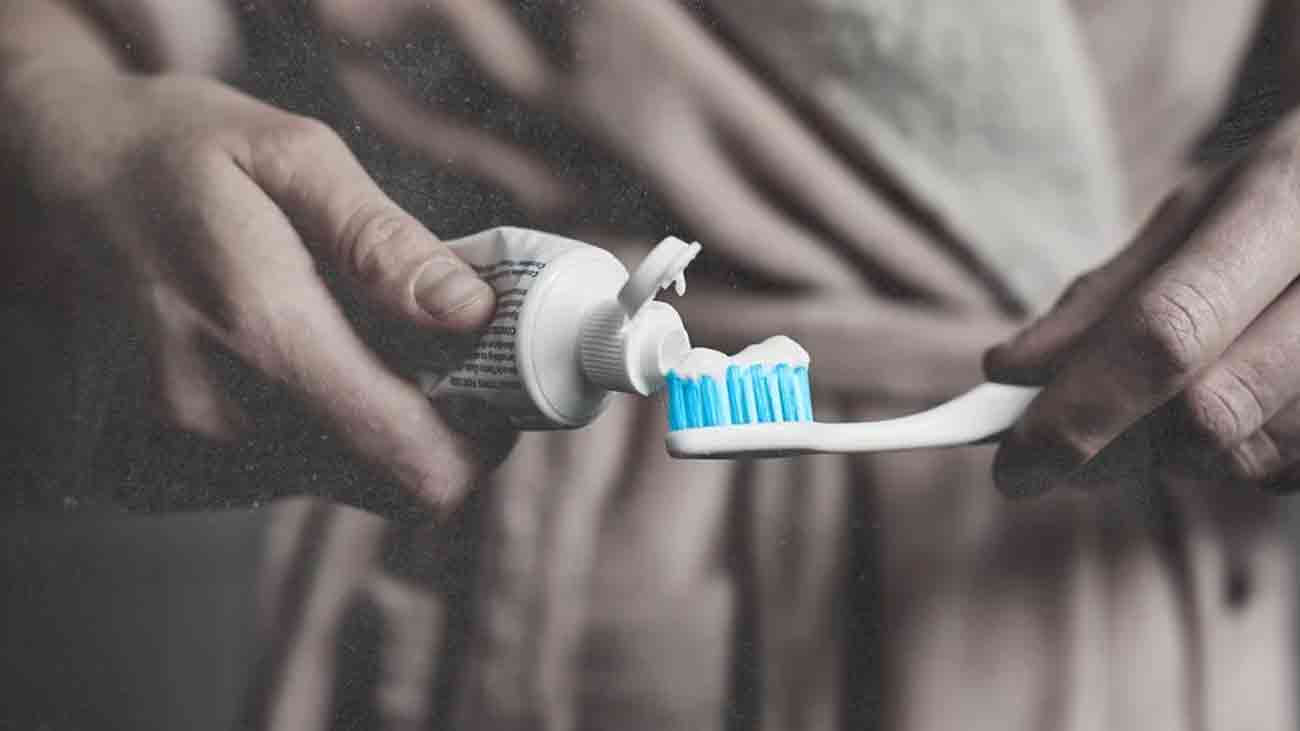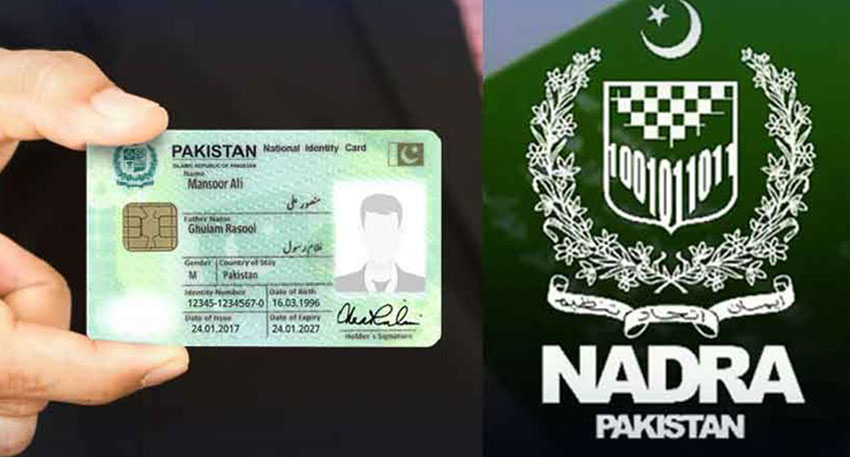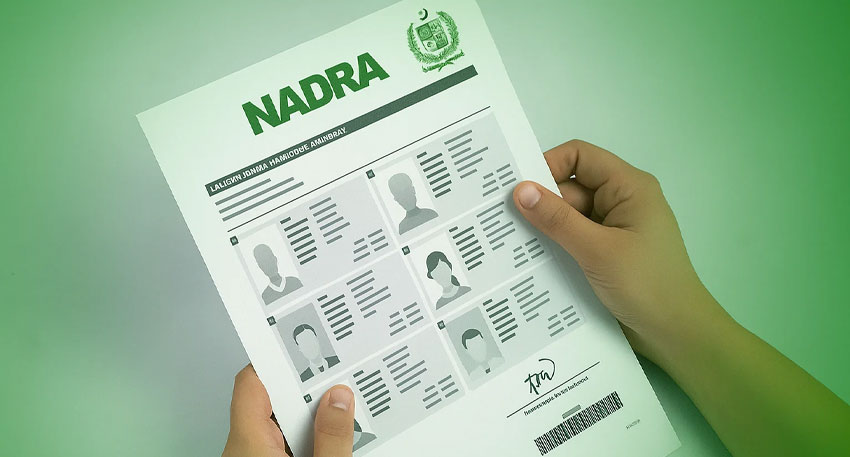
Toothpastes, as we know them today, were created in the 19th Century - first mass-produced in jars in 1873 and later introduced in tube-form in the 1890s, BBC revealed.
While it may feel safe to assume that cavities were rife before the invention of toothpaste, you may be surprised to hear that many people tried to look after their gnashers!
The first ‘toothpastes’ are thought to have originated around 7,000 years ago. Tooth powders were developed to maintain hygiene in a number of ancient civilisations and varied in ingredients. Scholars believe the toothpaste of the ancient Greeks and Romans contained crushed bones, egg shells and myrrh while those in ancient China used ginseng, herbal mints and even salt.
Chewing sticks, called miswak, made from plants were also used in Arab, Babylonian, Greek and Roman societies to improve oral health. In fact, miswak is still used in some countries today.
What did people do before glasses became a reality?
Human eyesight issues are thought to have changed extensively over time. Academics believe that while short-sightedness has most likely always existed amongst primates, the number of people affected has skyrocketed as the literacy rate rose.
However, evidence suggests that magnification was a well-established technology before glasses. Academics believe that lenses made from rock crystal, such as Visby and Nimrud lenses, were used for a number of purposes. One theory suggest that they were reading stones, some believe they were utilised by craftsmen to see fine details and others think they may have formed part of a telescope.
The first wearable eye glasses were invented in 13th Century northern Italy. But it wasn’t until the 17th and 18th Centuries that the development of glasses as we know them today began.
Refrigerator
As hunting for food diminished and agriculture developed around 12,000 years ago, people began to find new ways to keep food fresh. Preservation practices were used to avoid foot rot and illness, such as salting, drying, smoking, pickling and fermenting. Some of these practices have been performed for thousands of years.
Over the ages many storage solutions were cultivated, including burying food. This method helped protect food from sunlight, heat and oxygen, three factors that can accelerate the rate that food spoils. Others chose to store their food in cool places, whether that be deep in caves, streams, nooks in wooden walls or inside cellars.
It wasn’t until the 19th Century that the first ice boxes, the early precursor of the fridge, started to appear in England. The first home electric refrigerator was later produced by the American inventor Fred W. Wold in 1913.
Toilet paper
The public toilets of ancient Rome were home to the tersorium, a wooden stick with a sponge attached. After using the tersorium, the sponge was cleaned by being dunked in a bucket full of water or vinegar.
But this wasn't all. The ancient Greeks and Romans also used pessoi, a toilet paper equivalent made from a small stone or a rounded fragment of ceramic - ouch! A drinking cup from 6th Century BCE even depicts a man using a pessoi.
Greeks and Romans weren’t the only bathroom pioneers. Other clues were found on an archaeological site near the old
Silk Road
in China, which contained 2,000 year old hygiene sticks. These sticks were often made from bamboo sticks wound with strips of fabric.
However, toilet paper was introduced in vastly different points of time around the world. Rice-based toilet paper began to be mass-produced for the Chinese imperial family in 1393. By comparison, it wasn’t until 1857 that the USA would begin first mass-producing their own toilet paper - more than 450 years later!



